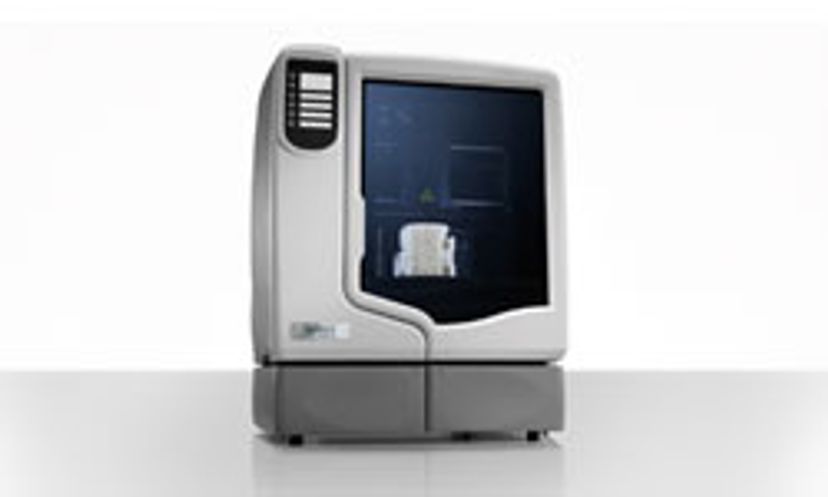
About This Quiz
Regular printers are pretty handy, but their up-and-coming cousins, 3-D printers, add a whole new dimension to the printing process. Literally! How much do you know about the fascinating field of 3-D printing? Take this quiz and find out!CNC machining is a subtractive process. The other answers listed are additive manufacturing (AM) processes referred to as 3-D printing.
MIT licenses 3-D printer manufacturers to use 3DP technology, a binder 3-D printing approach. To obtain a license, a manufacturer must demonstrate the use of a unique combination of materials in the 3DP process.
Rapid prototyping (RP) has been a major player in the development of 3-D printing.
Advertisement
The ModelMaker by Solidscape came out in 1994.
The variety of applications for 3-D printing continues to grow, from automobiles to artwork, fabrics to furniture, and jet planes to jewelry.
In a sintering approach to 3-D printing, each new printed layer is formed by melting a powder. These particles fuse together and form a specific shape. Each new layer adheres to the previous.
Advertisement
Since its 1986 founding, 3D Systems, based in Rock Hill, S.C., has created several products using different 3-D printing approaches. Some of its trademarked 3-D printing innovations are now used throughout the industry.
The binder is in liquid form, and it's applied to the fine powder to create each new layer.
Photopolymerization uses an ultraviolet laser and a perforated platform that moves through the liquid polymer during the printing process.
Advertisement
Direct 3-D printing applies a liquid form of a wax or plastic polymer to form each new layer of the solid shape it's printing.
This is an easy one. Scientists and inventors are continually experimenting with different materials for use in 3-D printing.
Many Solidscape printers are small enough for your desktop, and the uPrint by Stratasys is one of the more affordable desktop-sized 3-D printers. However, the V-Flash is the only model listed that's priced under $10,000.
Advertisement
Since the nozzles dispensing the binder don't have to provide all the materials used in the final object, they can be smaller and can work faster than they would in direct 3-D printing.
Shapeways and Ponoko each let you send in your own 3-D designs for printing. They also give you the option to set up an online store, allowing you to make money when other shoppers order prints of your design.
The STL file format was developed by 3D Systems in 1987 and is the most widely accepted file format for 3-D printers. STL stands for "standard tessellation language."
Advertisement
Selective laser sintering (SLS) is a form of 3-D printing that uses a laser to melt flame-retardant plastic powder, which then solidifies to form a printed layer.
Computer-aided design (CAD) and computer-aided manufacturing (CAM) are technologies that incorporate the power of computers in manufacturing for a wide variety of parts and products. 3-D printers are designed to work from files produced by CAD software.
ASTM International, formerly the American Society for Testing and Materials, has been working to create standards for what it officially calls additive manufacturing (AM), an area that includes (and is often referred to as) 3-D printing.
Advertisement
In 2007, Windell Oskay wrote a series of blog posts on his Web site, EvilMadScientist.com, chronicling his adventures building the CandyFab, a 3-D printer which used sugar as the printing material. Pretty sweet, huh?
Computer numerical controlled (CNC) machining is a subtractive, rather than an additive, process, kind of like carving a statue from stone. CNC machines remove material from a block until the material that's left is in the shape you wanted.